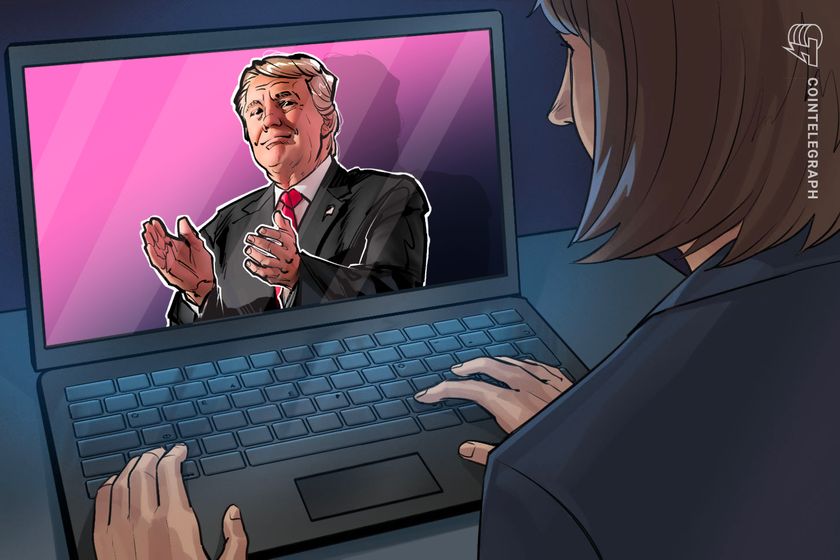Intel (NASDAQ: INTC) and Nvidia (NASDAQ: NVDA) announced a new partnership on Thursday, September 18, working on several generations of custom data center and computing chips designed to boost performance in hyperscale, enterprise, and consumer applications.
As part of the collaboration, Nvidia, the undisputed leader of the semiconductor sector, will also invest $5 billion in Intel by purchasing its common stock at a price of $23.28 per share.
Following the news, Intel stock jumped more than 30% in pre-market trading, while Nvidia saw a 3% uptick, a welcome change following weeks of shaky performance and controversies regarding its Chinese sales.
Trading at $31.34 at the time of writing, INTC shares are up 54.99% year-to-date (YTD).
Accordingly, a $1,000 investment in the tech company at the start of the year would now be worth $1,549.90, giving you a return of $549.90.
‘The next era of computing’
The move follows a wave of fresh backing for the struggling Intel, including a nearly $9 billion U.S. government purchase of a 10% stake just weeks ago and a $2 billion investment from Japan’s SoftBank.
As such, the deal has the potential to put Intel back into the game after years of trying to catch up not just with Nvidia but also AMD (NASDAQ: AMD) and Broadcom (NASDAQ: AVGO).
However, the U.S. government’s direct involvement suggests that more is at stake than simply propping up Intel, as it likely reflects a broader concern about keeping America competitive in artificial intelligence (AI).
Indeed, Intel’s new CEO Lip-Bu Tan, appointed in March, had faced significant political scrutiny leading up to the landmark investment, including calls to resign over alleged conflicts tied to past work with Chinese firms.
Perfect timing for Nvidia?
Meanwhile, Jensen Huang himself has become a prominent figure at Trump administration events.
On Wednesday, September 17, for instance, he attended a state dinner at Windsor Castle with Trump and King Charles III, where Trump praised him for “taking over the world.”
During the visit, the CEO pledged more than $14 billion to promote AI and data center infrastructure development in Britain.
Of course, Washington still restricts Nvidia’s overseas moves, the export license coming at the cost of a 15% share in H20 sales in China.
More notable, however, is the antitrust probe into the chipmaker’s $6.9 billion acquisition of Mellanox launched by China’s State Administration for Market Regulation (SAMR) earlier this week, as well as Beijing’s reported ban on the American company’s chips.
Featured image via Shutterstock
Source: https://finbold.com/if-you-put-1000-in-intel-at-the-start-of-2025-heres-your-return-now/


